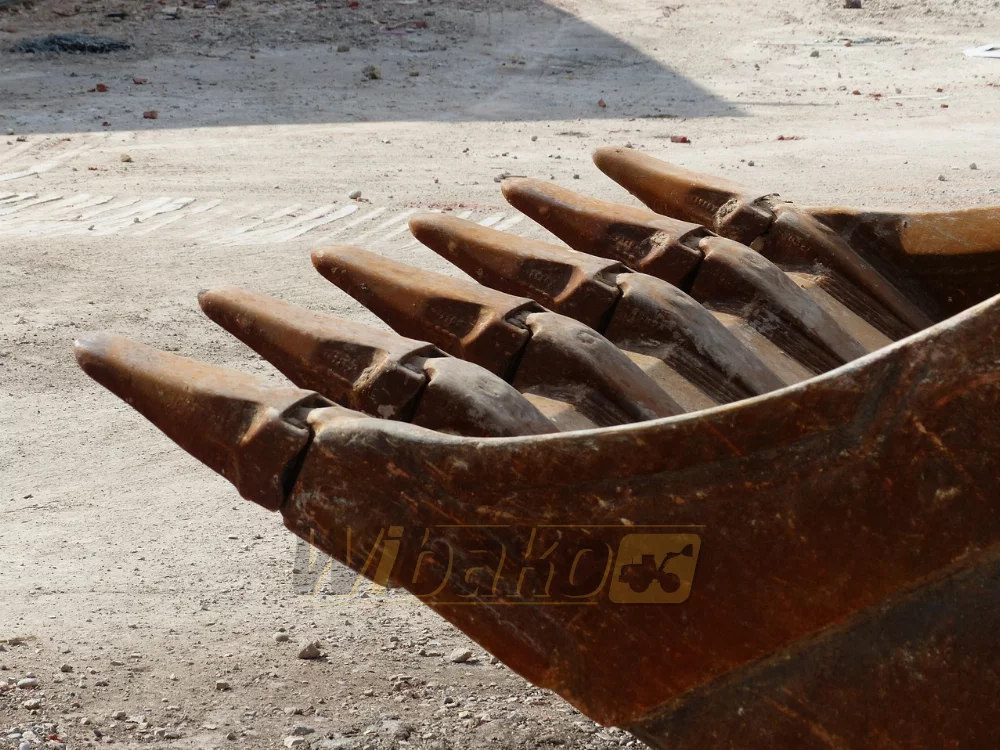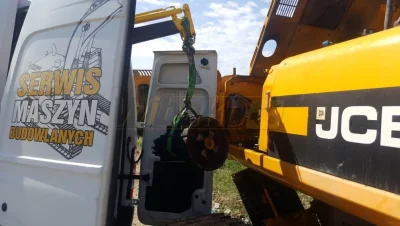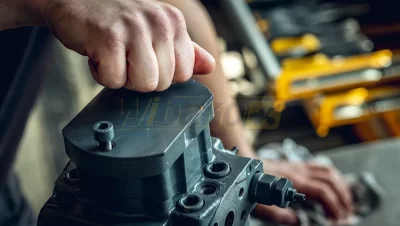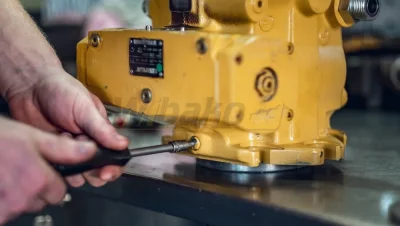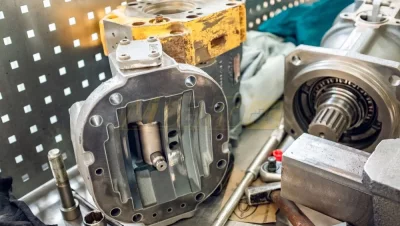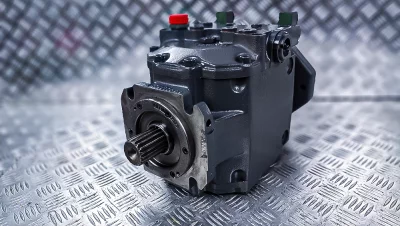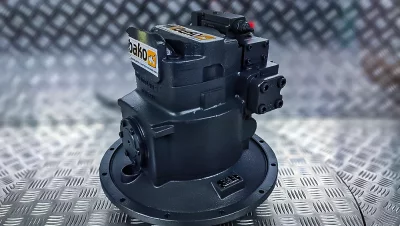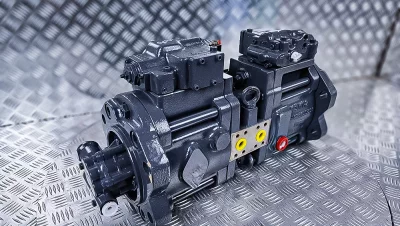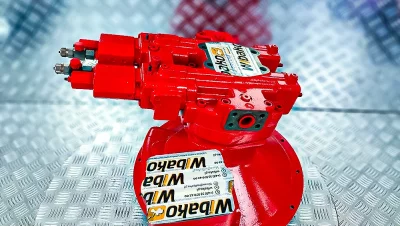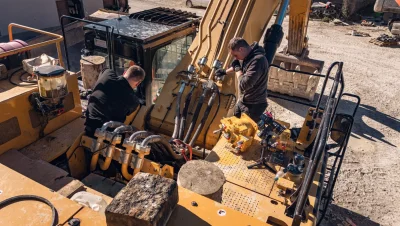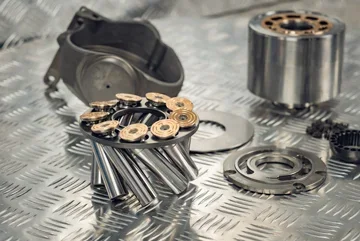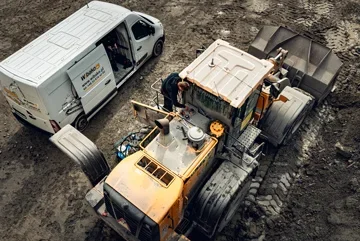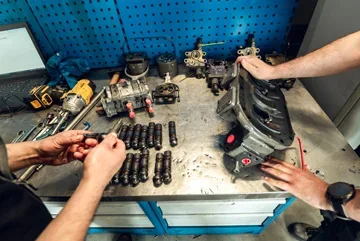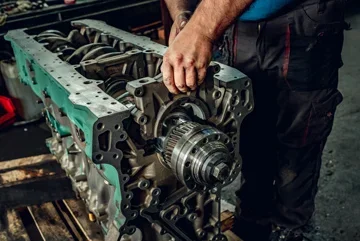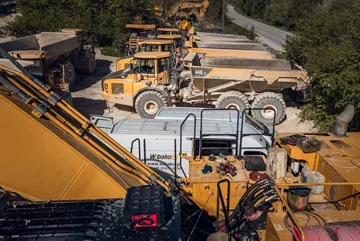Indispensable Machine
In terms of universality, it would be hard to find any competition for an excavator. It is a piece of equipment that works perfectly in general, residential, road, industrial construction, is used for installation, demolition, recycling or municipal works.
Without exaggeration, it can be said that the broadly understood construction industry could not function so efficiently without excavators. It is worth noting that the excavators available on the market can differ drastically from each other, both in terms of construction and working capabilities, and thus their purpose.
The specialists at Wibako have prepared a guide in which they present the most common categories of excavators and explain the differences between them. We will also suggest what to consider when buying an excavator, especially from the secondary market.
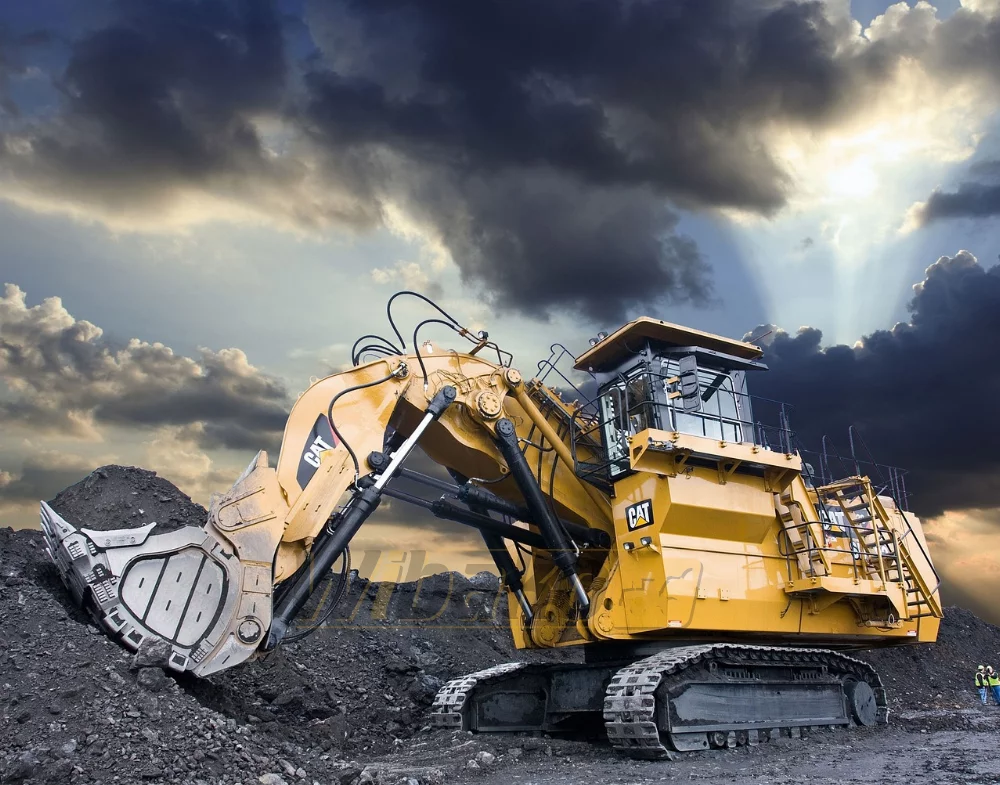
Multifunctional Machine
It is no coincidence that excavators are often referred to as first-need equipment. This says a lot about their usefulness and universality. Indeed, we are dealing here with machines that can perform a multitude of standard tasks, primarily earthworks.
For this reason, it would be hard to imagine any construction site where at least one excavator is not in operation. The primary task of an excavator is to separate the overburden from the substrate, which is then loaded onto a truck or vehicle. It's a simple, but necessary job.
Excavators are also used as loading equipment for bulk materials, such as gravel or sand. They can be found at scrap and recycling material collection points, waste dumps, etc.
How is an excavator constructed?
Regardless of the type of excavator we are dealing with, the machines always have exactly the same structure, consisting of a chassis and a superstructure. A standard piece of equipment for every excavator is, of course, a bucket. There is the possibility of using additional equipment, such as a demolition hammer or shears.
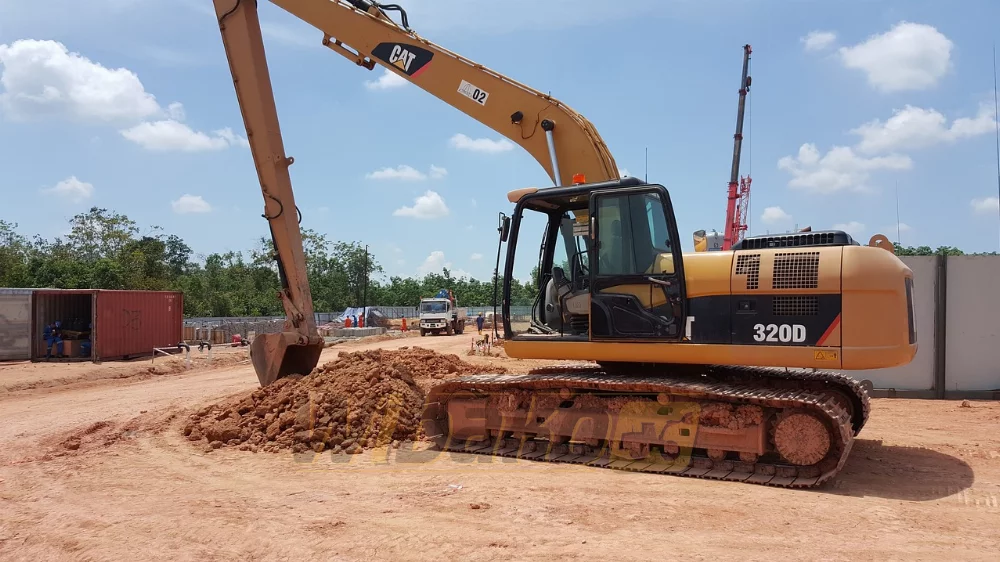
Types of excavators
The most general division of excavators comes down to single-bucket machines (working in intermittent mode) and multi-bucket ones (which can work in continuous mode). Of course, that's not all. Excavators are also divided according to the type of chassis, distinguishing primarily crawler and wheeled machines - the former are perfect for difficult terrain conditions.
In addition, excavators can also be divided according to the type of working equipment used. We distinguish here backhoe, front shovel, grab and dragline excavators. An interesting and very popular type of excavator are mini excavators.
They are always used when maximum precision is required, when there is no room for work with a standard machine, and when relatively less demanding earthworks need to be performed (e.g. in a garden).
We must also mention backhoe loaders, which - as one can easily guess - combine the working functions of both an excavator and a loader. We will write more about them in a separate guide.
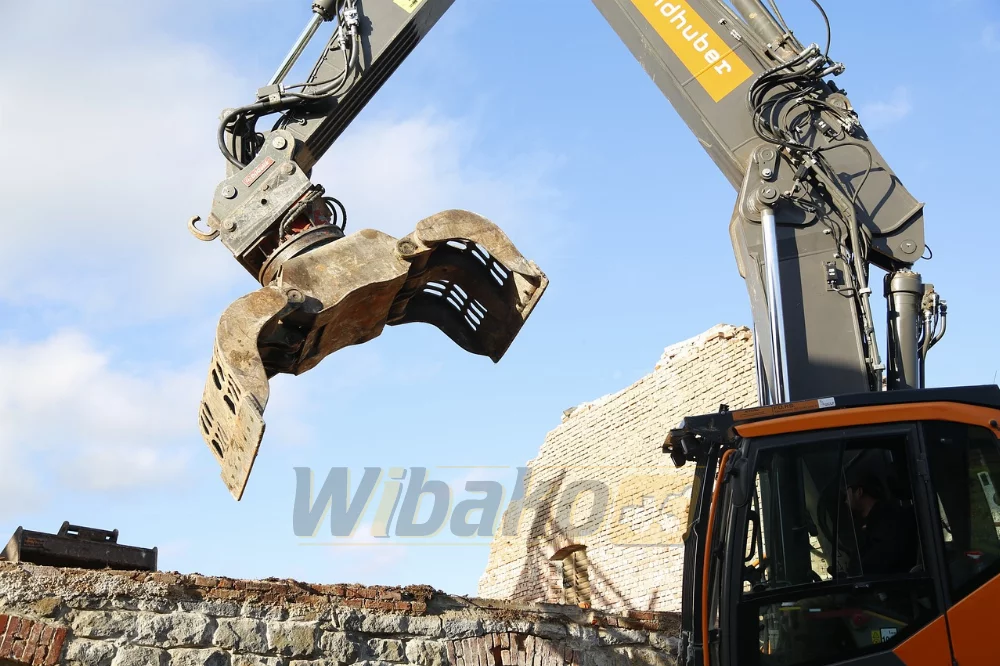
Buying an excavator for the company: what to pay attention to?
The most important thing is that the excavator in terms of size, working capabilities and offered functions perfectly matches the needs of the company. The choice is so large that there should be no problem finding the right equipment - also on the secondary market.
When buying an excavator for a company, you should not be guided solely by the purchase price. Much more important is the technical condition of the machine and its history, if we decide on a second-hand excavator. It is definitely worth investing in a professional review before purchase, which helps to avoid a costly mistake.
It is also very important to pay attention to the operating costs of the excavator when choosing one, especially the prices of spare parts, ease of servicing and availability of components.
Remember also that whether the excavator will work without failures and with maximum efficiency is determined by two issues: regular service and proper operation.
Therefore, the operator should be sensitized never to overload the machine, not to make sudden movements with the bucket or arm, not to lift the overburden at maximum extension of the boom or not to allow the hydraulic cylinder pistons to fully extend.
